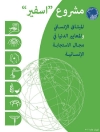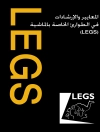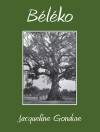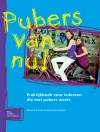This book provides a theoretically informed account of Gothic Hauntology. It is distinctive foremost in two ways. It shows hauntology at work in modern as well as older gothic narratives and it has a unique focus on everyday gothic as well as everyday hauntology. The chapters perform a historical circle going from Munro to Poe and then back again, offering novel readings of works by well-known authors that are contextualized under the umbrella of the theme. Anchored in a well-known topic and genre, but with a specific phenomenological framework, this book will be of interest to both students and more advanced scholars.
Tabela de Conteúdo
1.Introduction: “Avaunt! and quit my sight! let the earth hide thee!” Loss;Guilt;The Uncanny;Derridean Hauntology;Recent Hauntology Studies;Outline of the chapters.- 2. “Penelope was not a phantom”: Everyday Hauntology in Alice Munro and Margaret Atwood:Margaret Atwood, “Death by Landscape”Surfacing.- 3. “His eye spoke less than his lip”: Hauntology, Vampires and the Trace of the Animal in John Polidori’s The Vampyre, John Ajvide Lindqvist’s Let the Right One In, Octavia E. Butler’s Fledgling and Guillermo del Toro’s Cronos.;Let the Right One In;Fledgling;Cronos.- 4. “Nothing is but what is not”: Spectral Temporality and Hauntology in Selected Works by Edgar Allan Poe;“The Tell-Tale Heart”;“The Imp of the Perverse”;“The Black Cat”;“The Gold Bug’.- 5. “[T]he grey pool and its blank haunted edge”: The Hauntology of Indeterminacy in Henry James’s The Turn of the Screw.- 6. “Light is dark and dark is light”: H. P. Lovecraft and Hauntology as Epistemological Desire.- “The Lurking Fear”;“The Music of Erich Zann”;“The Haunter of the Dark”;The Believing Atheist.- 7. “What she had seen was final”: Everyday Hauntology, the Threat of Male Violence and the Power of Fiction in Alice Munro’s “Free Radicals”, “Runaway” and “Passion”;“Free Radicals”;“Runaway”;“Passion”.- 8. Concluding Remarks: “I can feel my lost child surfacing within me”.
Sobre o autor
Joakim Wrethed is Associate Professor at Stockholm University, Sweden. He has hitherto mainly worked in Irish Studies—especially on John Banville—but he has also published on the gothic genre.











